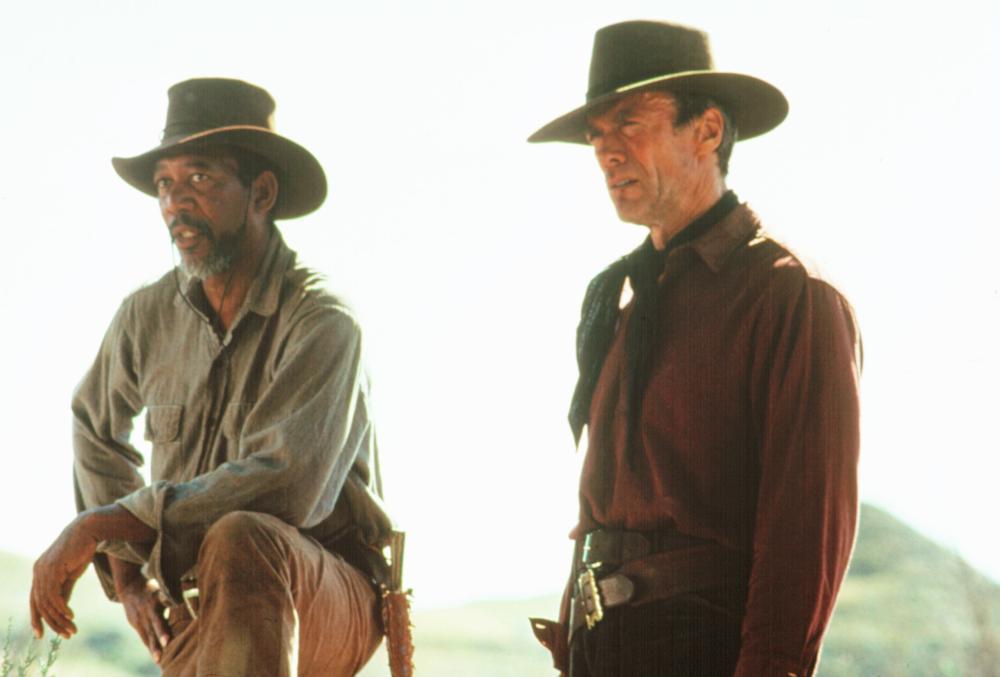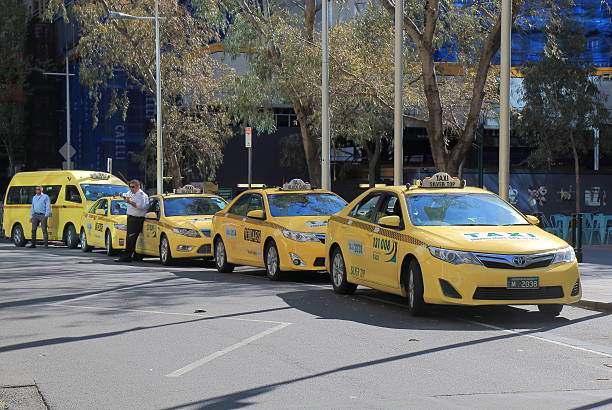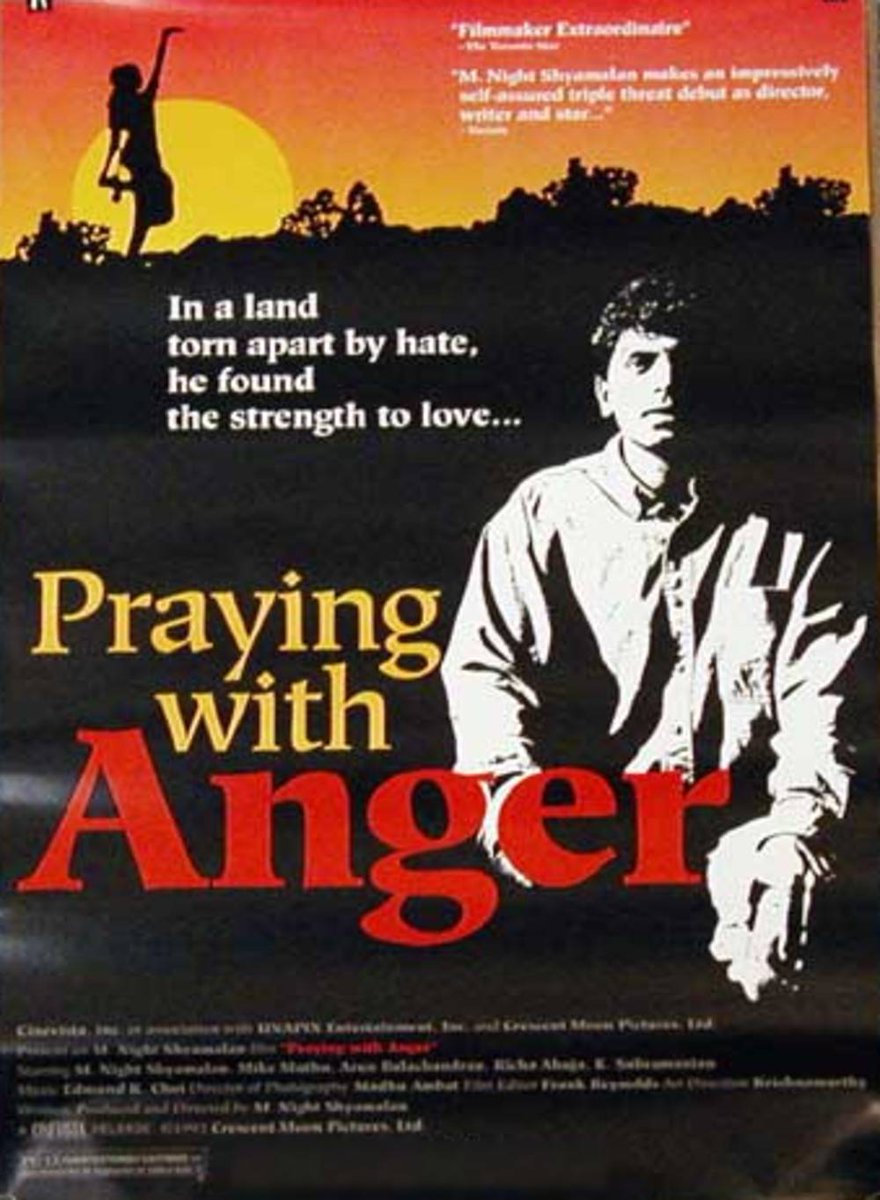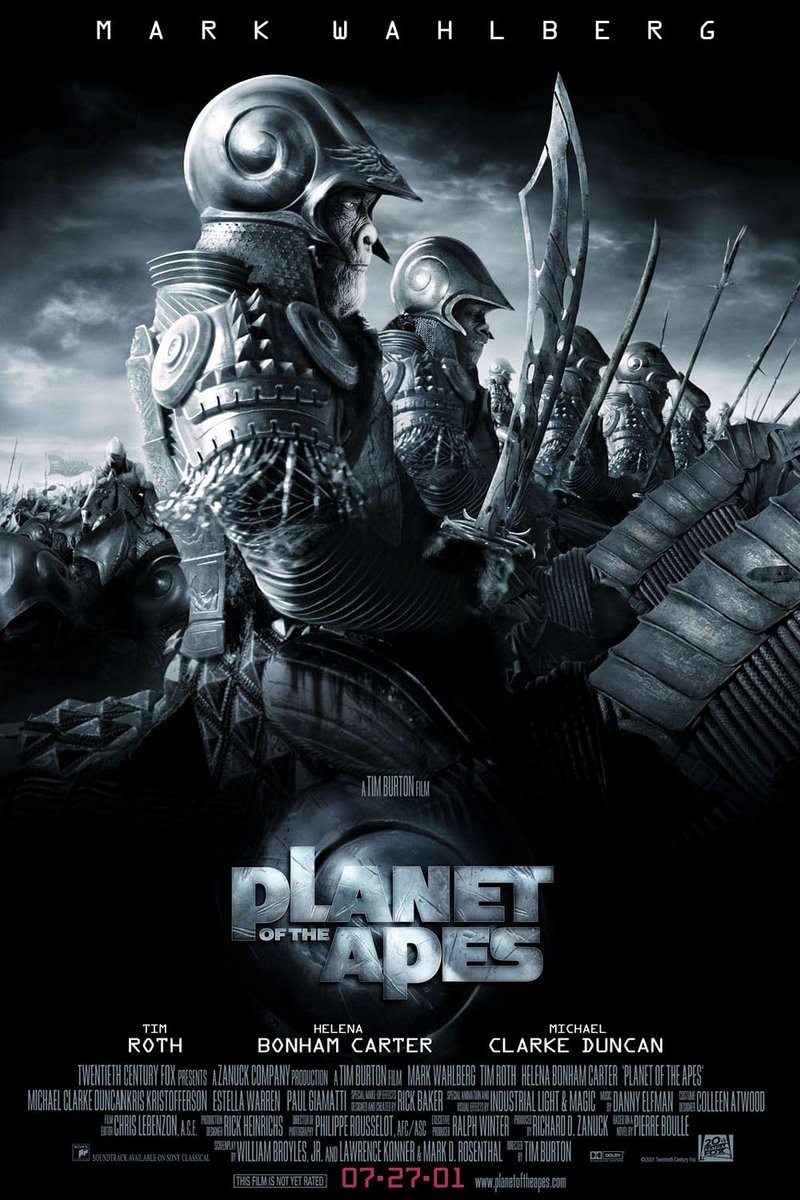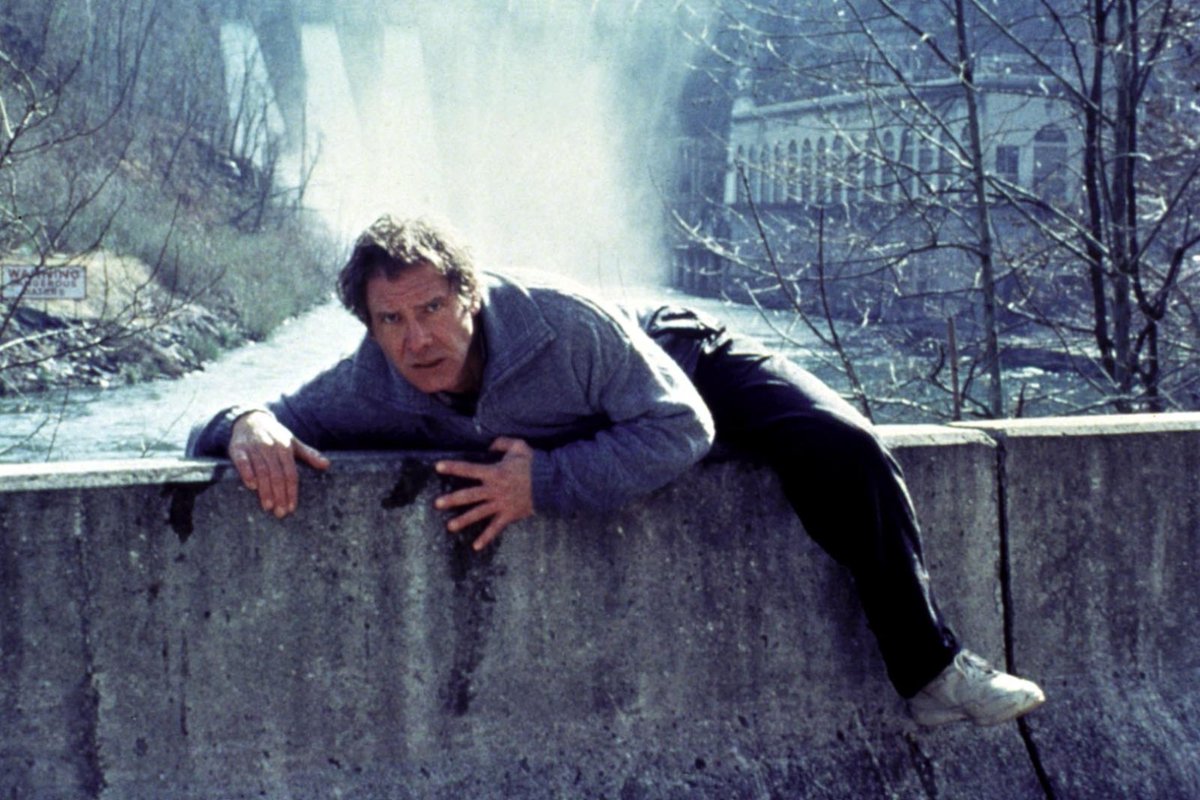ESCAPE FROM NEW YORK was released 42 years ago today. A cult science fiction classic and one of the best films to come out of the John Carpenter/Kurt Russell collaboration, its behind the scenes story was out there, even for Carpenter…
A THREAD
1/37




A THREAD
1/37
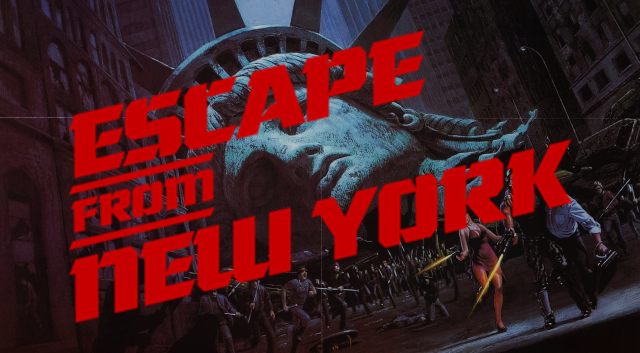



After the Watergate scandal broke in 1976 and made global headlines, young filmmaker John Carpenter was inspired to write a script that reflected the public’s lack of faith in the government. Influenced by Death Wish, he penned a screenplay he called Escape From New York.
2/37



2/37



No studio was interested because, according to Carpenter “it was too violent and too weird.” Then, in 1978, Carpenter directed Halloween. It was one of the biggest hits of the year and Carpenter was the hottest young filmmaker in Hollywood.
3/37


3/37


Carpenter signed a multi-picture deal with AVCO Embassy Pictures. The first title was The Fog and AVCO President Robert Rehme wanted Carpenter to follow it up with an adaptation of Charles Berlitz’s paranormal book The Philadelphia Experiment.
4/37




4/37




Carpenter started the adaptation but decided there wasn’t a story there worth telling. He went back to Rehme and suggested they produce his finished script for Escape From New York. Based on the title and Carpenter’s 2-minute pitch, Rehme said “Sure, let’s do it.”
5/37


5/37


A few years earlier, when making TV movie Elvis, Carpenter had told his lead actor the plot of Escape From New York & all about its lead character, Snake Plissken. The actor was Kurt Russell & he told Carpenter if he ever made the film, he’d be interested in playing Snake.
6/37


6/37


At the time, Russell was best known for his early Disney roles. The studio wanted a seasoned tough guy as Plissken and instead asked Carpenter to consider Chuck Norris, Nick Nolte, Tommy Lee Jones, and Charles Bronson.
7/37




7/37




Carpenter was convinced Russell was the right guy and, backed by producer Debra Hill, lobbied hard to cast him. The studio eventually relented.
8/37


8/37


In creating the character, Russell took inspiration from Clint Eastwood’s iconic performances as The Man With No Name in The Dollars Trilogy. It was also Russell’s idea to wear an eye patch, which Carpenter agreed was a good character detail.
9/37




9/37




Russell tended to stay in character between takes and said when shooting one night, he became separated from the crew and was confronted by what he called “4 pretty rough characters.” There was a stare down before one of the guys said “Easy man. Easy” and backed away.
10/37




10/37




Carpenter had worked with Donald Pleasence on Halloween and wanted him to play U.S. President John Harker. He pitched it to Pleasence by describing Harker as "the love child of Ronald Reagan and Margaret Thatcher".
11/37



11/37
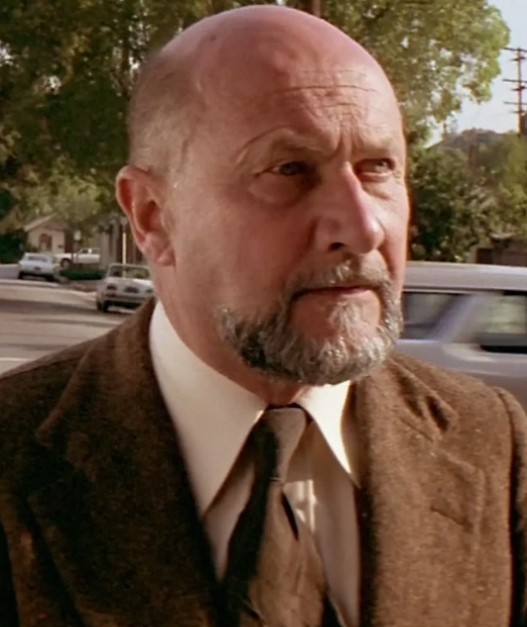


In portraying the imprisoned President, Pleasence drew on his own World War II experiences as a prisoner of war. He’d drawn on this when he had appeared in The Great Escape too.
12/37


12/37


Pleasence was very aware of his British accent in playing an American and suggested a backstory where the dystopian U.S. had rejoined the British empire. Carpenter said it was interesting and if it helped Pleasence then great, but he wouldn’t be putting it in the movie.
13/37


13/37


The character of Maggie was written for Adrienne Barbeau, Carpenter’s wife at the time. Similarly, Russell was married to Season Hubley, who played Girl In Chock Full O’Nuts.
14/37


14/37


Carpenter wanted Lee Van Cleef as Commissioner Bob Hauk. Van Cleef said he’d only shoot 1 day and his wife had to be on set as he had injured his knee. Carpenter realised later some of Van Cleef’s close ups were out of focus but the studio wouldn’t pay him to come back.
15/37



15/37



Carpenter was keen on casting Isaac Hayes as The Duke as he thought Hayes had “a great face.” And he said for years after, he’d receive messages from Hayes saying “The Duke’s alive and he wants a sequel!”
16/37




16/37




The Cabbie character was written specifically for Ernest Borgnine. And Warren Oates was cast as Brain but took ill and recommended Harry Dean Stanton as his replacement. Sadly, Oates died shortly afterwards.
17/37



17/37



Carpenter didn’t make up the name Snake Plissken. A friend of Carpenter’s told him about a tough guy he went to school with. His surname was Plissken and he had the nickname Snake because of a tattoo. Carpenter said "Anybody with a snake tattooed on them is my kinda hero."
18/37



18/37



A scene was filmed that shows us why Snake starts the film in prison. He and an accomplice rob a high-security bank, leading to Snake’s arrest and sentence to New York City. It was cut from the film but appears in the novel adaptation.
19/37
19/37
The film was a co-writing credit, where Carpenter wrote with Nick Castle. The two had previous experience working together. Castle played the psychotic killer from Halloween – Michael Myers.
20/37


20/37


Carpenter would often name characters in his films after legends of horror. Here, we have minor characters Dr Cronenberg, Romero, and Taylor all named after David Cronenberg, George A. Romero, and Don Taylor.
21/37



21/37



During production, Russell had an idea that Snake should carry a self-lighting cigarette. Carpenter went along with it – and a device was fashioned – but it was scrapped when Russell kept burning his fingers mid-scene.
22/37



22/37



Production designer Joe Alves said it’d cost a lot to make New York look ruined so went on a scouting mission. He found East St. Louis, Illinois, which had New York-style buildings that were had been destroyed in a huge fire. So that’s where they filmed.
23/37




23/37




Joe Alves and his team would find props by taking several dump trucks to local landfills and filling them up with junk like broken refrigerators and car shells. He said this is where they found almost all of the set dressing and movable objects.
24/37



24/37



A lot of matte paintings were used and the effects team included a young James Cameron. He worked on many of the matte paintings and produced a lot of the scale models and miniatures.
25/37




25/37


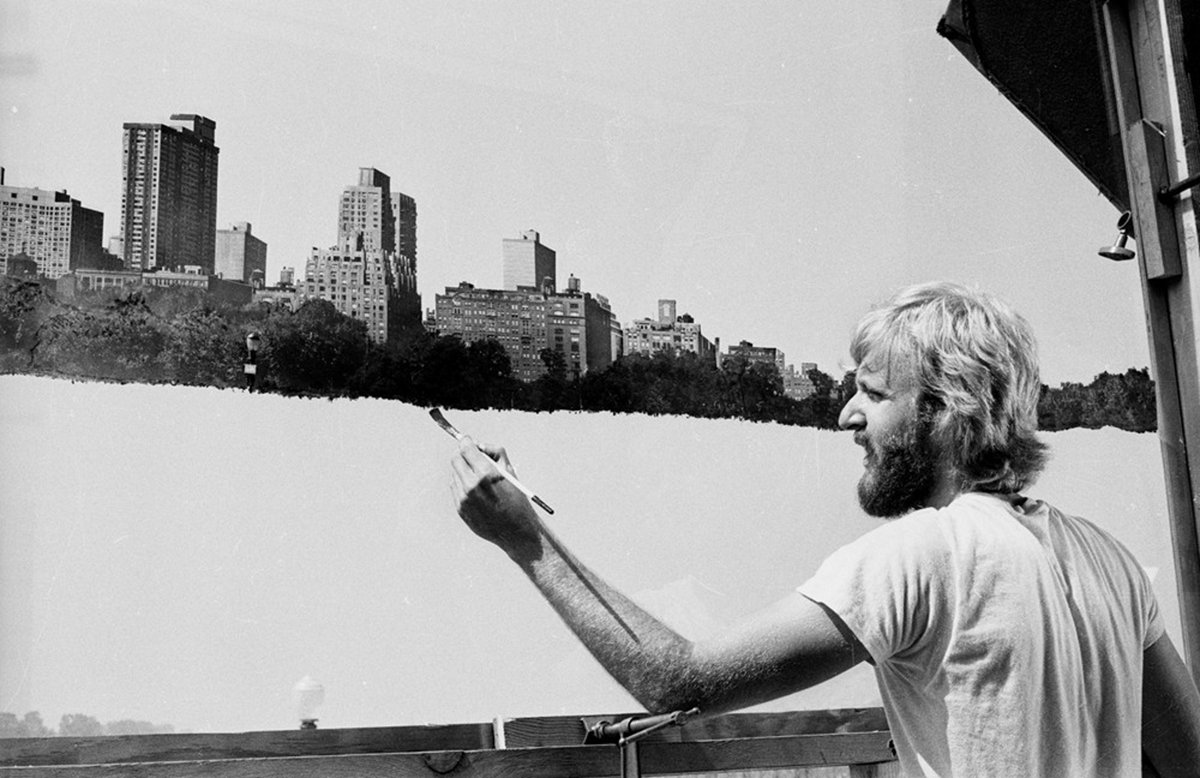

Before CGI, the digital map was a physical creation. Cameron helped draw a matte version of the skyline that was painted black and white to look like a computer image. A model was constructed and a camera went through the model light to produce the effect.
26/37
26/37
Special effects head was Robert Skotak and he had to work to a tight budget. Most miniatures were made with cardboard and to get the detail on buildings, photos were stuck on the cardboard. There wasn’t budget for colour prints so the photos were coloured in with pencils.
27/37
27/37
Carpenter has a reputation for scoring his own movies. He did on Escape From New York too, but this was the first time he had some help. Alan Howarth had never composed a soundtrack before but came in as Carpenter’s collaborator.
28/37




28/37




Carpenter found the endless night shots tough going. He said "We'd finish shooting at about six a.m., and I'd just be going to sleep at seven, when the sun would be coming up. So for about two and a half months, I never saw daylight, which was really strange."
29/37




29/37




The opening narration, and the computer's voice in the first prison scene, were provided by an uncredited Jamie Lee Curtis.
30/37
30/37
To allow filming to take place, Carpenter bought the Old Chain of Rocks Bridge in St Louis for $1 from the government and returned it to them for the same after filming was completed. He also managed to persuade federal officials to grant filming access to Liberty Island.
31/37




31/37




Professional wrestler Ox Baker played Slag, who fights Snake. Baker hit Russell for real a few times. When Russell had had enough, he hit Baker in the groin. Baker then calmed down. The scene was filmed in the abandoned hall of St. Louis Union Train Station.
32/37




32/37




To shoot the scene below, Russell had to hit Baker in the back with a real baseball bat with a real nail in it. Baker had special padding his neck to absorb the blow, but he later said he was very nervous before filming it.
33/37
33/37
In the script, Carpenter felt Snake had no reason to destroy the tape. As such, he added a scene where Snake asks the President how he feels about the deaths of everyone in the rescue, and is disgusted by the President's dismissive words.
34/37
34/37
The first cut of the film did not include the intro title cards and test audiences were very confused about what was going on. Carpenter said "I learned that in movies where you have to set the rules for the future, you have to do it right up front.”
35/37




35/37




The shot of Maggie under the Duke's car was added after filming as Carpenter felt the audience might not get she had been killed. Carpenter and Adrienne Barbeau filmed the shot in their garage.
36/37
36/37
The film came out as a big success. On a budget of $6m it grossed $25.2m. And over the years it has grown in stature to be a cult classic and considered among John Carpenter’s greatest films.
37/37




37/37




If you liked this thread, please RT the first tweet…
https://twitter.com/ATRightMovies/status/1678337158745038848
Our latest podcast is on ALL THE PRESIDENT’S MEN. Full of big laughs and opinions so please give it a listen
alltherightmovies.com/podcast/all-th…
alltherightmovies.com/podcast/all-th…
• • •
Missing some Tweet in this thread? You can try to
force a refresh















